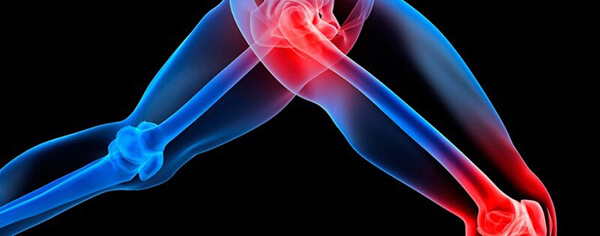How To Beat DOMS

What Is Delayed-Onset Muscle Soreness (DOMS)?
In simple terms, it’s when we feel stiffness and pain in our bodies after training and it often occurs 24-72 hours after exercise, especially if the exercise was strenuous.
Why do I get DOMS?
There are lots of factors that can cause DOMS, such as introducing a new exercise, doing a tough workout or progressing the intensity of your training. Exercising produces micro tears in the muscles, and although the muscles become bigger and stronger once they recover, the micro tears create inflammation and this is the reason for the soreness.
Can I avoid DOMS?
You can minimise your chances of getting DOMS by warming up thoroughly before you train. This will increase your body temperature and get the blood flowing to your muscles. You can warm up by doing some gentle cardio work, making sure you stretch your muscles, or by doing some light weight training.
After you have done any intense training, it is important to cool down with static stretches as this will start to relax the muscles and encourage the lactic acid build up to leave your muscles, reducing the inflammatory response and increasing the range of motion in the joints.
How Can I Treat DOMS?
No matter how well you warm up and cool down, if you're constantly progressing your training, at some point you're going to get DOMS.
If you find you have a lot of muscle pain, try putting some Epsom salts in a warm bath. The magnesium in the salts will help to widen the blood vessels and speed up your recovery.
Ice baths have also been shown to help combat micro tears in the muscles. This is why you'll often see professional athletes sitting in them after training.
Foam rolling can also help relieve DOMS, so make sure that after a hard session you're using your foam roller and trigger point ball on the knots and sore muscles to relive the aches and pains. Or even better: go and book a sports massage and have somebody else do it for you!
Another possibility is wearing compression clothing after your workout. These clothes restrict the amount of fluid that can build up at the site of micro tears and so help to reduce the amount of inflammation and pain experienced.
Eating some protein after you’ve exercised will also help to speed up your recovery as the amino acids in the protein will help your muscles to repair and grow.
If you know you're doing a session where you're likely to be in pain afterwards, make sure you've planned an active recovery session for the day after. This will boost blood circulation to your muscles and help them to recover. It’s important to keep moving as if you sit still, the DOMS pain will be more intense the next day.
Are sore muscles a good sign?
Yes, having sore muscles can be a good sign as it shows that you have been doing intense exercise and your body is adapting to the new training. However, it is important you know your limits and to ensure you don’t push yourself too hard. If you exercise past your limit, the resulting DOMS pains can last for more than 72 hours and prevent you from training or put you at risk of an injury.
Is it ok to exercise when you have DOMS?
You’re still ok to exercise when you have delayed onset muscle soreness, but we’d advise you to do a gentler session or focus on another muscle group if you’re strength training. That way, you’re giving your muscles time to recover and you’ll improve your muscle function in the long term.